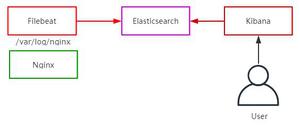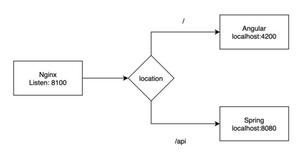如何手动实现es5中的bind方法详解
前言
this的指向在javascript中一直是个谜一样的存在,但是很多地方又会用到this,所以理解和使用this非常重要,关于this的理解这篇文章不做介绍,因为这篇的目的是改变this的指向。
改变this的指向有三种方法,call,apply,bind。下面先介绍下这三种方法,话不多说了,来一起看看详细的介绍吧
改变this指向
call
var a = {
name:"aaa",
say(type){
console.log(type,this.name);
}
}
a.say("at");//at aaa
var tn = {name:"ttt"};
a.say.call(tn,"tt")//tt ttt
可以看到通过call,say方法中的this指向了tn,传参的方式的列举
apply
var a = {
name:"aaa",
say(type){
console.log(type,this.name);
}
}
a.say("at");
var tn = {name:"ttt"};
a.say.apply(tn,["tt"])
可以看到通过apply,say方法中的this指向了tn,传参的方式是数组
bind
bind也能改变this的指向,不过和call,apply不同的地方在于,bind只改变this,不会指向函数
var a = {
name:"aaa",
say(type){
console.log(type,this.name);
}
}
var tn = {name:"ttt"};
var b = a.say.bind(tn);
b();//ttt
bind 改变this,也是能够继承原型链的,看下下面的代码
var to = {name:"to",color:"red"};
function Animal(){
console.log(`name:${this.name}...color:${this.color}`);
}
Animal.prototype.say = function(){
console.log(`say..name:${this.name}...color:${this.color}`);
}
var Cat = Animal.bind(to);
Cat();//name:to...color:red
var cat = new Cat();// name:undefined...color:undefined
cat.say();//say..name:undefined...color:undefined
因为cat是Cat的实例,Cat是改变了this的Animal,所以cat也是Animal的实例,但是this是指向cat的,所以this.name是undefined
实现bind
Function.prototype.bind = function(obj){
const args = Array.prototype.slice.call(arguments,1);//保留bind时的参数
const that = this;
const bound = function(){
const inArgs = Array.prototype.slice.call(arguments);//执行bind的函数时的参数
const newArgs = args.concat(inArgs);//组装参数
that.apply(obj,newArgs);//执行bind的函数
}
//继承prototype--寄生组合式继承
function F(){};
F.prototype = that.prototype;
bound.prototype = new F();
return bound;
}
然后执行上面的代码
Cat();//name:to...color:red
var cat = new Cat();//name:to...color:red
cat.say();//say..name:undefined...color:undefined
不过第二行和原生的bind还是有点区别的,这里还是记住了之前的bind的对象,原生的不知道为啥是undefined
面试题
实现es5中的bind方法,使得下面的代码输出success
function Animal(name,color){
this.name = name;
this.color = color;
}
Animal.prototype.say = function(){
return `i am a ${this.color} ${this.name}`
}
const Cat = Animal.bind(null,"cat");
const cat = new Cat("white");
if(cat.say() === 'i am a white cat' && cat instanceof Cat && cat instanceof Animal){
console.log("success")
}
加上上面的bind实现,咦??没有出现success??为什么?
分析一下代码,bind的第一个参数是null??null的时候应该默认为this,修改代码如下
Function.prototype.bind = function(obj){
const args = Array.prototype.slice.call(arguments,1);//保留bind时的参数
const that = this;
const bound = function(){
const inArgs = Array.prototype.slice.call(arguments);//执行bind的函数时的参数
const newArgs = args.concat(inArgs);//组装参数
const bo = obj || this;
that.apply(bo,newArgs);//执行bind的函数
}
//继承prototype--寄生组合式继承
function F(){};
F.prototype = that.prototype;
bound.prototype = new F();
return bound;
}
输出success
完美~~~
撒花~~~
总结
以上是 如何手动实现es5中的bind方法详解 的全部内容, 来源链接: utcz.com/z/312890.html







